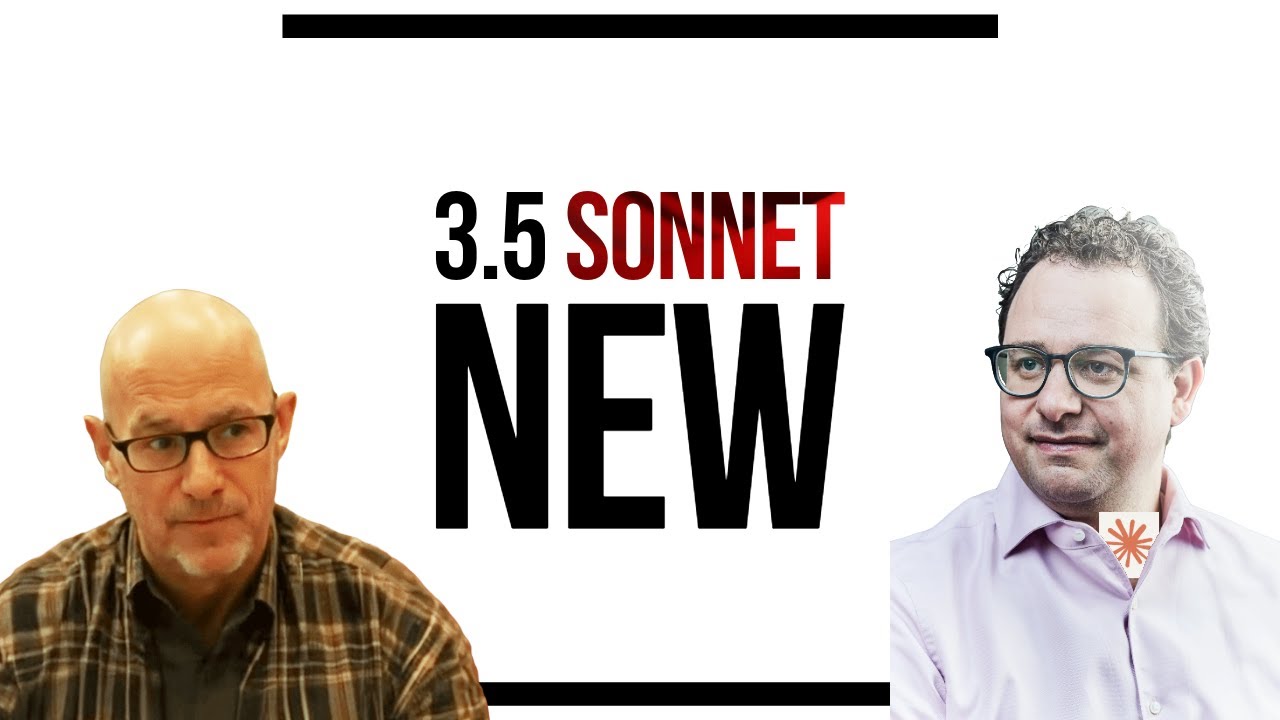The video reviews the Claude 3.5 Sonic language model from Anthropic, highlighting its advancements in reasoning, coding, and visual processing, while noting its limitations in reliability for computer tasks. It emphasizes the model’s improved performance in benchmarks compared to its predecessor, but cautions against overhyping its capabilities and stresses the need for transparency in AI evaluations.
The video discusses the release of Claude 3.5 Sonic, the latest flagship language model from Anthropic, highlighting its advancements in reasoning, coding, and visual processing abilities. The presenter emphasizes that while the model can perform tasks like basic Google searches, its true strength lies in its improved reasoning capabilities rather than its ability to interact with a computer. The model has knowledge of world events up until April 2024, which is a notable improvement over its predecessor. However, the presenter notes that the model’s ability to use an API for computer tasks is still unreliable and limited in scope.
The video delves into the performance benchmarks of Claude 3.5 Sonic, particularly in comparison to human performance and other models. The presenter cites a benchmark called the OS World Benchmark, where Claude 3.5 Sonic achieved a 22% success rate in a 50-step task, compared to a 72% success rate for computer science majors. This comparison highlights the model’s capabilities, but the presenter suggests that its performance might be more favorable when compared to average users rather than experts. Additionally, the model performed well in software engineering benchmarks, surpassing previous versions and demonstrating its improved coding abilities.
The presenter also shares personal benchmarking results, indicating that Claude 3.5 Sonic outperforms its predecessor in various tasks, including general knowledge, mathematics, and visual question answering. Despite its strengths, the video points out that the model’s performance can vary significantly depending on the task and the number of attempts required. The presenter expresses concern about the model’s reliability, particularly in tasks that require consistent accuracy over multiple attempts, suggesting that this is a critical barrier to widespread adoption of AI agents.
In discussing the competitive landscape, the video highlights the importance of direct comparisons between models, noting that companies often choose which benchmarks to showcase. The presenter mentions the recent release of other AI models, such as those from Mistral and OpenAI, and emphasizes the need for transparency in performance evaluations. The video also touches on the potential implications of AI advancements in various sectors, including customer service and entertainment, while cautioning against overhyping the capabilities of new models.
Finally, the video concludes with a brief overview of other AI developments, including interactive avatars and AI-generated content in entertainment. The presenter shares a demonstration of a Zoom call with an AI avatar and discusses the customization features of AI tools like Notebook LM. Overall, the video presents a balanced view of the advancements in AI technology, celebrating the progress made with Claude 3.5 Sonic while also acknowledging the challenges that remain in achieving reliable and consistent performance across various applications.
